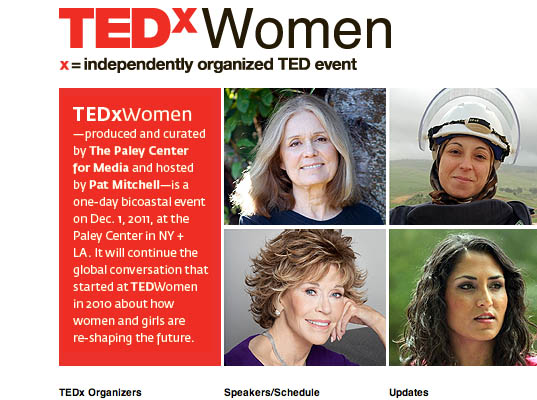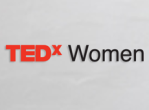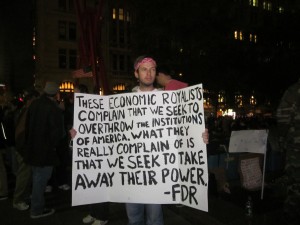“Product building is a five-year task. Movement building, on the other hand, is a generation-long challenge that requires much bolder vision, patience, and ambition. What this moment of inflection demands is exactly such a movement – a movement that creates a fundamental mindset shift in how society mobilizes resources to address our social and environmental challenges..” –Judith Rodin, President of Rockefeller Foundation at Acumen Fund Investor Gathering
4 years ago, I had a dream. I was an investment banker at Lehman Brothers and I was also a first generation Indian-American activist and social change agent. I wanted to bring these two worlds together somehow. I believed that I could be part of a bigger social movement despite my day job demands.
In January 2008, I pitched Acumen Fund on an idea for bankers, marketers, consultants, students, designers, entrepreneurs to volunteer their time to fundraise and educate people on Acumen Fund’s work in patient capital.
Acumen said “we like it. Now Erica, go do it.”
1 volunteer meeting turned into many more, often stretching late into the night because everyone had busy full-time jobs. We organized a panel on how young professionals could get engaged in social entrepreneurship work at NYU, we held an awareness event at SAKS 5th Avenue and then with the help of Nuru Project, we organized a DIGNITY photo auction and fundraiser that raised $25,000 for Acumen Fund in one night. The seeds of New York for Acumen were born…
This was the start to a speech I gave four years later, last week at Acumen Fund’s 10 year Investor Gathering. Acumen Fund chapters are now in 10 cities with thousands of members from Vancouver to Dubai to London to Tokyo.
As I spoke on stage with other chapter leaders, I felt a movement start to take shape around the ideas of dignity, of patient capital and of moral leadership. My dream came true and now this is a collective dream.
Most importantly, I recognized the power of the decentralized local chapter model to build a movement for patient capital. The volunteer chapter model is an important growth opportunity for nonprofits and helps organizations like Acumen Fund move from ‘product building’ to ‘movement building’ as Judith Rodin described. The Acumen Fund local chapters are teaching Acumen Fund how to collaborate across sectors, generations, and cities in ways that they haven’t seen before, infusing leadership trainings and activities at a more local level, and deepening conversation and action in communities.
The phenomenon of launching local hubs led by volunteers is becoming more and more common (i.e. TEDx, World Economic Forum Global Shapers). I believe this is the model for movement building in the future. Join the Acumen Fund chapter community here. Movement building is a generational task.







